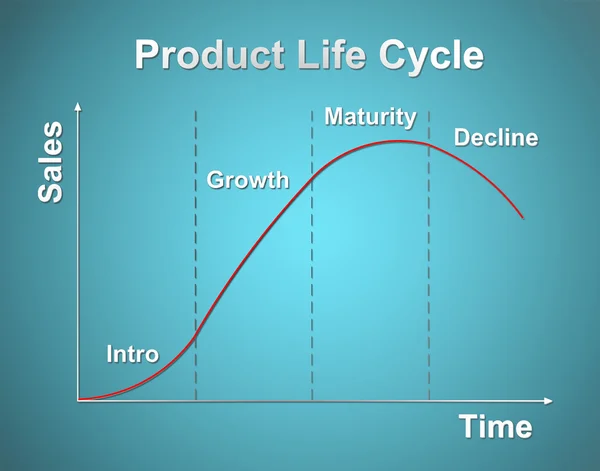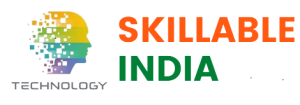Product Life Cycle in Product Design and Development

SKILLABLE INDIA
In the bustling world of product design and development, understanding the product life cycle (PLC) is crucial. It provides a roadmap for the journey a product takes from its inception to its eventual decline or reinvention. Let’s delve deep into the PLC and its significance in product design and development.
What is the Product Life Cycle?
The Product Life Cycle is the progression of a product through four primary stages: Introduction, Growth, Maturity, and Decline. Each stage poses unique challenges and opportunities for designers and developers.
In product design and development, the Product Life Cycle (PLC) is a fundamental concept detailing the progression of a product from its creation to its eventual decline. The PLC encompasses four primary stages: Introduction, where the product is launched and awareness is built; Growth, characterized by rapid sales increase and potential enhancements based on feedback; Maturity, where sales peak and market saturation begins; and Decline, where interest wanes and the product may be phased out or revamped. Understanding the PLC is vital for designers and developers to anticipate challenges, make informed decisions, and strategically innovate or adapt, ensuring the product’s longevity and relevance in the market.

Stages of the Product Life Cycle
Introduction:
- Characteristics: Product launch, initial market entry.
- Design & Development Implications: High investment in research and development. Products are often in their most basic form, but should be innovative and address a clear market need.
- Challenges: Creating market awareness, limited sales, high production and marketing costs.
Growth:
- Characteristics: Rapid sales growth, increasing competition.
- Design & Development Implications: Refinement based on initial feedback. Introduction of product variations or improvements to capture a wider audience.
- Challenges: Accelerating production to meet demand, ensuring quality, and dealing with growing competition.
Maturity:
- Characteristics: Peak sales, high competition, and saturated market.
- Design & Development Implications: Emphasis on differentiation from competitors. Enhancements focus on retaining customers rather than attracting new ones.
- Challenges: Intense competition leading to potential price reductions, need for cost control, and market saturation.
Decline:
- Characteristics: Reduced sales and profits, outdated product.
- Design & Development Implications: Consider phasing out the product or revitalizing it through major overhauls or finding new markets.
- Challenges: Managing declining sales, deciding on product discontinuation or reinvention.

Importance of Understanding the PLC in Product Design and Development
Informed Decision Making: Recognizing the product’s stage helps in making data-driven decisions about design revisions, marketing strategies, and resource allocation.
Forecast Challenges: Anticipating potential challenges at each stage allows for proactive strategies, ensuring a smoother journey for the product.
Resource Optimization: Allocate resources effectively, whether it’s capital for development in the introductory stage or cost-saving measures during the decline.
Strategies for Extending the Product Life Cycle
Product Enhancements: Introducing new features or improved versions can reinvigorate interest.
Rebranding: Refreshing the brand image or packaging can make the product feel new and appealing.
Tapping into New Markets: Expanding to new geographical areas or demographics can introduce the product to a new set of users.
Diversification: Broadening the product range or offering complementary products can extend the life cycle.
Conclusion
The Product Life Cycle is more than just a theoretical concept. It’s a dynamic tool that, when understood and applied, can provide immense value in the product design and development arena. By tailoring strategies to each stage, businesses can optimize success, ensuring products not only meet but exceed market expectations.
Book a Free Demo, now!
Know more about our Engineering courses with Job Assistance!


